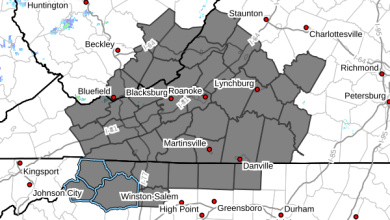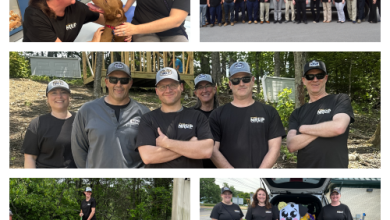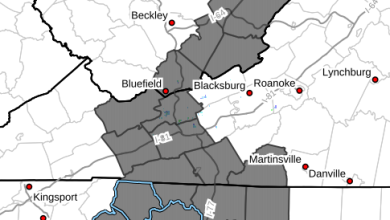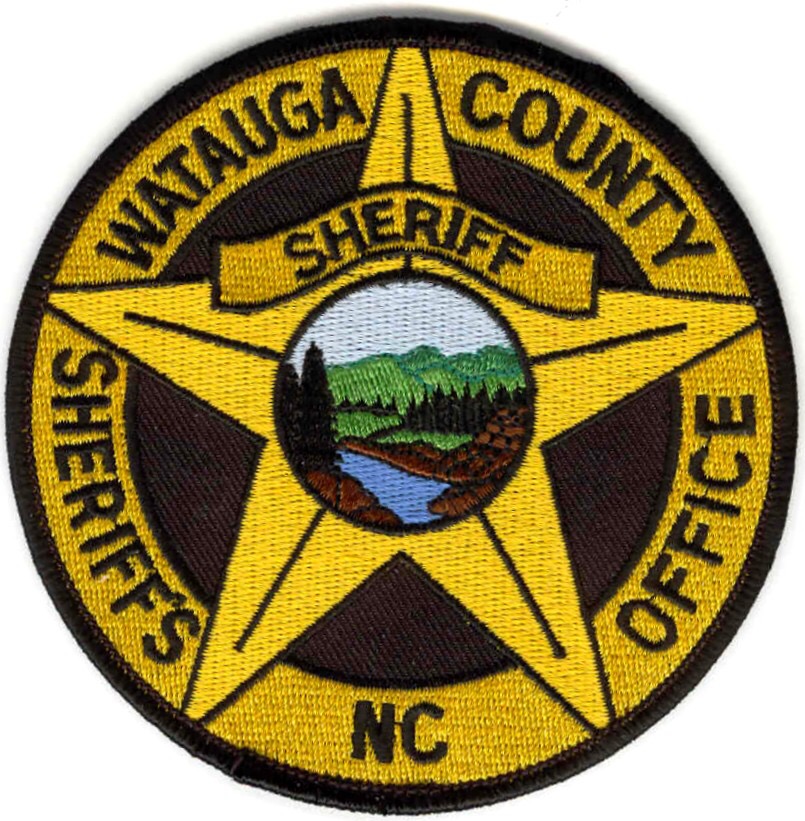Last Updated on October 20, 2015 11:05 am
As the temperature starts dropping and leaves start falling, another sign of the changing season is more deer along North Carolina roadways, and in turn a greater chance of a collision with a deer.
Over the last three years (between 2012-2014), nearly half of the 58,372 animal-related crashes in the state took place in October through December. About 90 percent of those involved deer.
A N.C. Department of Transportation study shows that in 2014, there were 17,831 animal-related crashes, the lowest number since 2006. But over the past three years, animal-related crashes claimed 11 lives, injured more than 3,386 drivers and passengers and caused nearly $145 million in damages.
For 2014 Watauga ranked 75 out of the 100 counties with 71 crashes, Ashe ranks 79 with 62 crashes, Avery ranks 84 with 47 crashes, Wilkes ranks 71 with 80 crashes.
From 2005-2014 Watauga has reported a total of 398 crashes ranking 72nd of all counties.
“This is the time drivers need to be especially careful on the roads in regard to deer,” said NCDOT Director of Mobility and Safety Kevin Lacy. “Increased activity and decreasing daylight hours mean extra attention by motorists to their surroundings is needed for their safety and the safety of others.”
For the 12th year in a row, Wake County led all North Carolina counties in the number of animal-related crashes with 794, which is a drop of more than 300 from 2013. The number remains high compared to the rest of the counties because Wake County still has considerable acreage of woods, with an increasing number of drivers on rural and urban roads.
Pitt County was the runner-up with 562 animal-related crashes, and has been in the top five rankings over each of the last eight years. The same status exists for the next two counties, with Guilford a close third at 550 crashes and Duplin at 445 crashes. Rounding out the top ten are Randolph, Union, Mecklenburg, Columbus, Johnston and Rockingham counties.
Counties in the far western section of the state have fewer drivers and road mileage, so once again report the lowest number of crashes. Swain County had the fewest number of animal-related crashes with four, just below Graham with five.
Deer are on the roadways more during the fall into winter months due to the hunting and mating seasons. They also travel more at dawn. This is the time of the year it grows dark in the evenings, with the time change coming at 2 a.m. on November 1, when we turn clocks back an hour. The largest number of crashes in 2014 came between 5 and 7 a.m., and 6 and 11 p.m. In addition to more deer moving about and crossing roads at those times, decreased driver visibility makes it more difficult to see the animals on or near roadways.
NCDOT offers the following suggestions for motorists to avoid being in a deer-vehicle crash:
- Slow down in posted deer crossing areas and heavily wooded areas, especially during the late afternoon and evening;
- Always wear your seat belt. Most people injured in deer-vehicle crashes were not wearing their seat belt;
- Statistics indicate most deer-vehicle crashes occur in areas where deer are more likely to travel through, such as near bridges or overpasses, railroad tracks, streams and ditches;
- Drive with high beams on when possible, and watch for eyes reflecting in the headlights;
- Remember that deer often travel in groups, so do not assume that if you see one deer cross the road, there won’t be others following;
- Slow down and blow your horn with one long blast to frighten the deer away;
- Increase the distance between your vehicle and other cars, especially at night. If the car ahead of you hits a deer, you may also become involved in the crash;
- Do not swerve to avoid a collision with deer. This could cause you to lose control of your vehicle, flipping it over, veering it into oncoming traffic or overcorrecting and running off the road, causing a more serious crash;
- Do not rely on devices such as deer whistles, deer fences or reflectors to deter deer as these devices have not been proven to reduce deer-vehicle crashes; and
- If your vehicle strikes a deer, do not touch the animal. A frightened and wounded deer can hurt you or further injure itself. The best procedure is to get your car off the road if possible, and call 911.
















